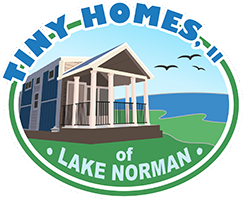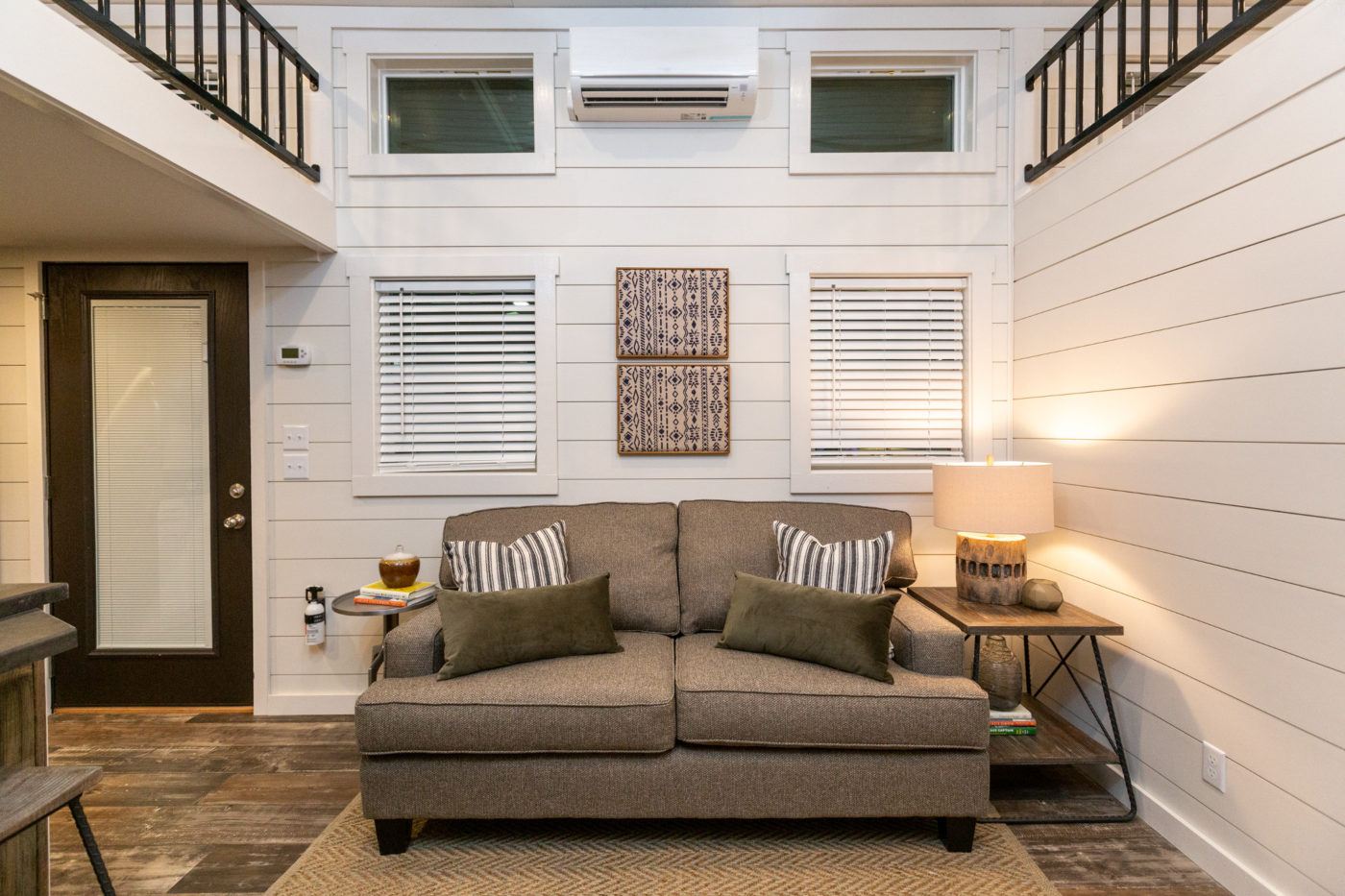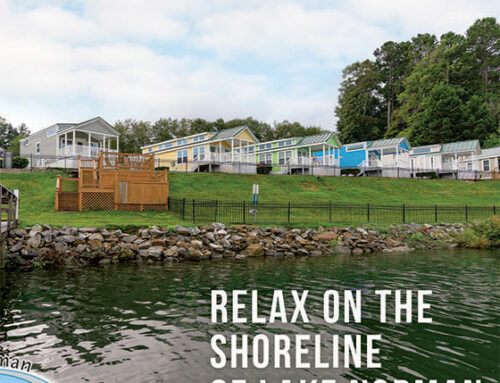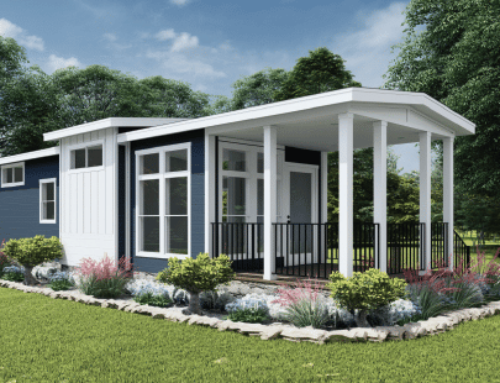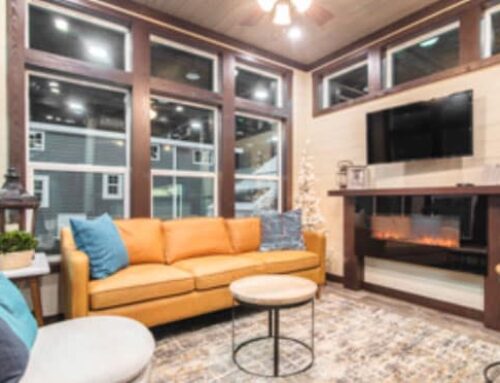The Lure of Tiny Home Living
In recent years, the tiny home movement has surged in popularity, not just as a housing trend but as a lifestyle choice that offers a unique blend of environmental, financial, and personal benefits. These diminutive dwellings, typically 100 to 400 square feet, are more than just a place to live — they’re a testament to a growing cultural shift toward simplicity, sustainability, and freedom.
Environmental Benefits
One of the most compelling attractions of tiny home living is the reduced environmental impact. Tiny homes require fewer materials to build and less energy to power, making them a friend to the environment. The small size means heating and cooling need less energy, leading to a smaller carbon footprint. Moreover, many tiny homes are built using recycled materials and are designed to operate off-grid, further diminishing their ecological impact. For those passionate about conservation, tiny homes offer a way to live harmoniously with the environment without sacrificing comfort or style.
Financial Freedom and Reduced Expenses
Financial freedom is another significant draw of the tiny home lifestyle. The cost of purchasing or building a small home is a fraction of that of a traditional house, freeing owners from the shackles of a 30-year mortgage and the interest that comes with it. The savings continue post-purchase, with lower utility bills, reduced property taxes, and minimal maintenance costs. This financial liberation allows individuals to allocate funds towards experiences, savings, or investments rather than pouring them into the seemingly bottomless pit of home-related expenses.
Simplicity and Minimalism
Living in a tiny home is inherently a lesson in minimalism. The limited space encourages owners to prioritize possessions, keeping only what is necessary or genuinely valued. This decluttering of space leads to a decluttering of the mind, reducing the stress associated with excess and consumption. The tiny home movement isn’t just about living in a smaller space; it’s about creating a more significant life with fewer distractions. This minimalist approach extends beyond physical possessions to how time is spent, fostering a lifestyle focused on experiences and relationships rather than things.
Mobility and the Freedom to Relocate
Finally, tiny homes offer an unparalleled sense of mobility. Many small homes are built on trailers, allowing homeowners to hitch their abode to a vehicle and relocate relatively quickly. This mobility caters to various lifestyles, from the remote worker seeking to change scenery to the adventurous soul yearning for travel without sacrificing home comforts. The ability to move one’s home eliminates the need for costly and stressful moves, presenting a life where the world, or at least the continent, can become your backyard.
The allure of tiny home living is multifaceted. It’s an eco-conscious choice for those looking to reduce their environmental footprint, a financially savvy option for individuals aiming to escape the cycle of debt, a minimalist’s haven for those seeking simplicity, and a liberating solution for those who desire the freedom to roam. As the world reevaluates what it means to live well, tiny homes stand out as a symbol of a life unencumbered by excess and filled with the potential for adventure, growth, and peace.
The Challenges of Tiny Home Living
While the tiny home lifestyle is often romanticized for its simplicity and freedom, it comes with challenges that potential homeowners must navigate. From legalities to logistics, living in a space typically 100 to 400 square feet isn’t without complications. Here, we delve into some of the hurdles tiny home dwellers face.
Zoning Laws and Building Codes
One of the most significant barriers to tiny home living is the patchwork of zoning laws and building codes across different jurisdictions. Many areas are governed by minimum square footage requirements for new construction, making tiny homes illegal. Additionally, building codes that dictate construction specifics, such as ceiling height and exit door dimensions, may not always align with the compact design of tiny homes. Navigating these regulations often requires a deep understanding of local laws and, in some cases, a willingness to advocate for change.
Limited Space and Storage
The essence of a tiny home is its small footprint, which naturally means less space for storage. Remote home residents must be creative and highly organized, often resorting to multi-functional furniture and innovative storage solutions. This constraint demands a minimalist lifestyle and can be a significant adjustment for those accustomed to larger living spaces. The limited space also means that homeowners must be informed about purchases, often adopting a “one in, one out” policy to prevent clutter.
Lifestyle Adjustments and Social Implications
Living in a tiny home isn’t just a physical adjustment; it’s also a social one. Hosting gatherings and overnight guests can be challenging, which may alter social dynamics and how residents entertain. Moreover, the close quarters of tiny living can strain relationships, as privacy is limited. The lack of personal space can be particularly challenging for families, requiring clear communication and boundaries to maintain harmony.
Financing and Insurance Hurdles
Securing financing for a tiny home can be tricky. Traditional mortgage lenders often have minimum loan amounts that exceed the cost of a small home, and they may be hesitant to lend for a property that doesn’t fit conventional definitions. As a result, potential buyers may need to seek alternative financing options, such as personal loans, which can come with higher interest rates. Insurance is another hurdle, as many companies are still catching up to the tiny home trend and may not offer policies that cover these unique dwellings, leaving homeowners to seek out specialized providers.
While the tiny home lifestyle offers many rewards, it’s not without its challenges. Prospective small homeowners must be prepared to tackle the complexities of zoning and building codes, embrace space limitations, adjust to a new way of living socially, and navigate the financial aspects of securing a loan and insurance. These challenges require resilience and adaptability, but for many, the benefits of tiny home living outweigh the obstacles, making the journey worthwhile.
Maximizing Tiny Home Spaces
The charm of a tiny home is undeniable, but the challenge of fitting one’s life into a smaller footprint can be daunting. However, with a few clever strategies and designs, tiny home dwellers can maximize their space, making it functional and stylish. Here’s how innovative storage solutions, multi-functional furniture, and intelligent design tips can transform a compact space into a comfortable and efficient home.
Innovative Storage Solutions
Every inch counts in a tiny home, which means looking beyond traditional storage options. Homeowners are turning to creative solutions like toe-kick drawers that utilize the space under cabinets and ceiling-mounted shelving that takes advantage of vertical space. Magnetic strips can hold kitchen knives or spice jars, and fold-down desks can be tucked away when unused. Even stairs can double as drawers or shelves, and platforms can hide additional storage underneath. By thinking outside the box, storage can be found in the most unexpected places.
Multi-functional Furniture
Furniture in a tiny home must be as hardworking as the space itself. Ottomans can serve as storage, seating, and a coffee table with the addition of a tray. Murphy beds can fold into the wall, revealing a sofa or desk space. Tables can expand to accommodate guests and then collapse for daily use. The key is to select pieces that serve multiple purposes, reducing clutter and increasing functionality.
Design Tips for Living Large in a Small Space
The design of a tiny home can have a significant impact on its feel. Light colors make a space appear more meaningful, as do mirrors that reflect light and give the illusion of depth. Windows can be designed to provide expansive views, which extend the living space to the outdoors. Built-in features like seating and tables can save space over freestanding pieces. And keeping the floor visible with raised furniture can create an airier, more open feel.
In essence, maximizing a tiny home space is about efficiency, but it’s also about creativity. It’s a chance to personalize your space and make it uniquely yours, all while enjoying the benefits of living on a smaller scale. With the right approach, tiny homes can offer an extensive, fulfilling life.
The Rewards of Tiny Home Living
Embracing the tiny home lifestyle is not just about downsizing physical space—it’s about upsizing the quality of life. Those who live tiny often discover a wealth of rewards extending far beyond a minimalist lifestyle’s initial allure. From a sense of community to personal development, sustainability, and financial relief, the benefits of tiny home living are as broad as they are deep.
Community and Lifestyle
Many tiny homeowners choose to live in tiny house villages or communities, where shared values of simplicity and sustainability forge strong bonds. These communities are designed to promote social interactions, with common areas and community gardens that encourage a collective lifestyle. The close proximity can lead to increased social gatherings, shared meals, and a sense of belonging that is sometimes lost in larger, more isolated housing.
Personal Growth and Learning
Living in a tiny home is often a conscious choice to lead a less ordinary life. This lifestyle encourages individuals to challenge societal norms, which can lead to significant personal growth. Tiny homeowners learn to be resourceful, solving space and storage issues with creativity. They also tend to develop a deeper understanding of their personal needs versus wants, leading to a more intentional and fulfilling life.
Sustainability and Eco-Friendliness
Tiny homes are a testament to sustainable living. Their small size means they require less energy to heat and cool, which reduces the homeowner’s carbon footprint. Many are built with eco-friendly materials and designed to maximize energy efficiency, with features like solar panels and composting toilets. This commitment to eco-friendliness benefits the environment and instills a sense of pride in homeowners, knowing they are contributing to a healthier planet.
Financial Savings and Economic Impact
One of the most tangible rewards of tiny home living is the financial savings. Without the burden of a large mortgage, utility bills, and property taxes, tiny homeowners often have a surplus of funds. This economic freedom can allow them to travel, invest, pursue hobbies, or retire early. The tiny home movement also contributes to new economic opportunities, with a growing market for builders, designers, and craftsmen specializing in these small abodes.
In conclusion, the rewards of tiny home living are as varied as the individuals who choose this path. It’s a lifestyle that fosters community, encourages personal growth, champions sustainability, and offers financial freedom. For many, these benefits make the tiny home lifestyle a viable alternative to traditional housing and an enriching way of life.
